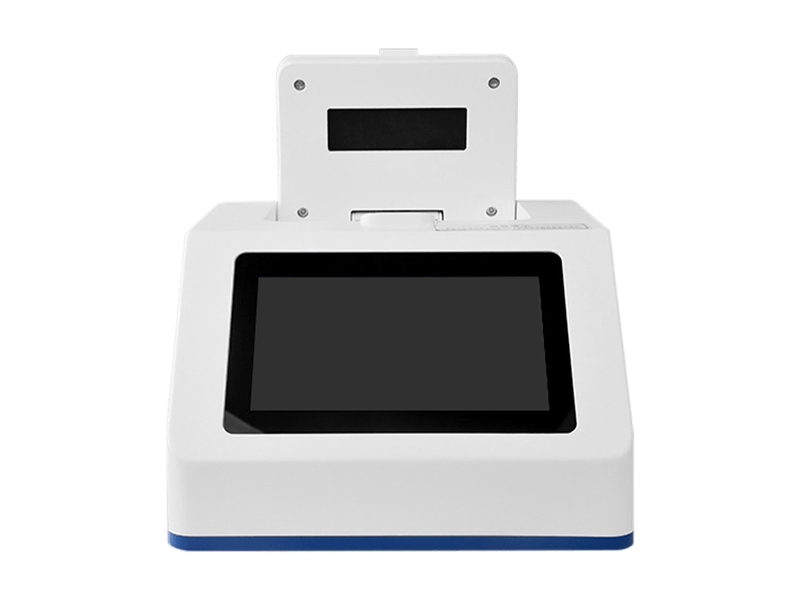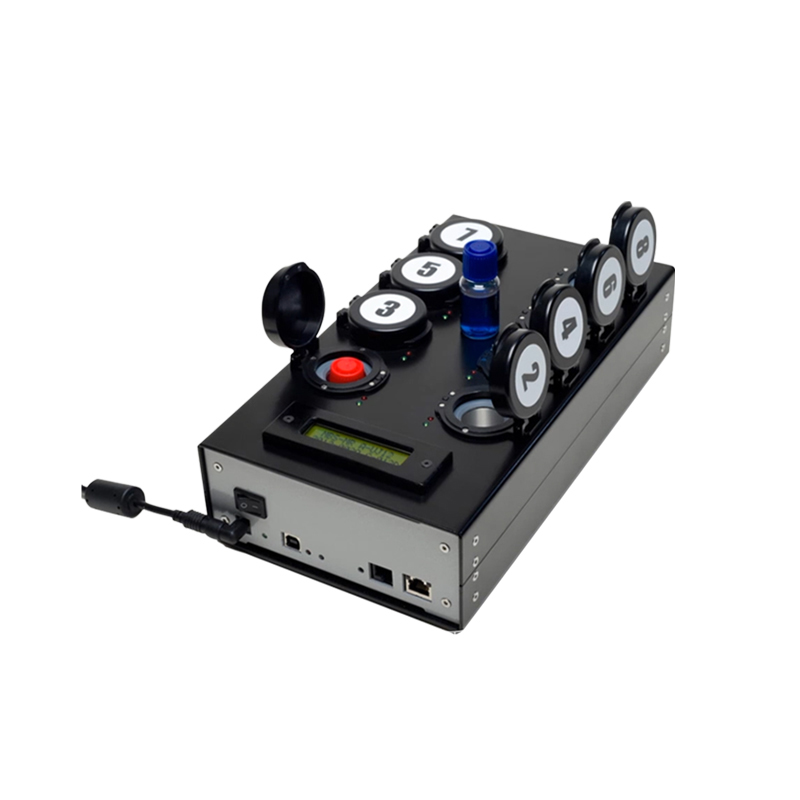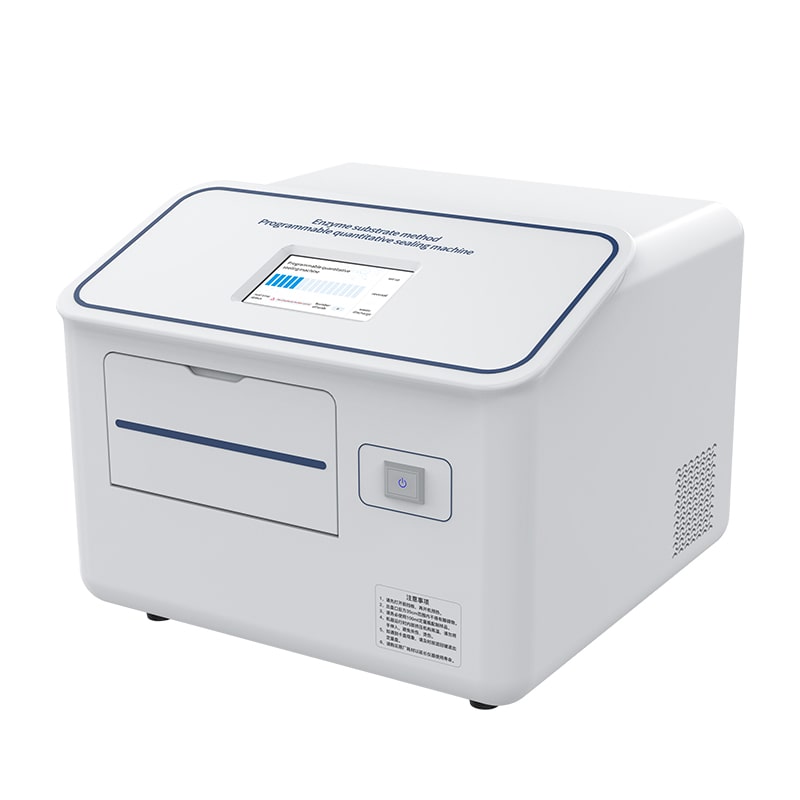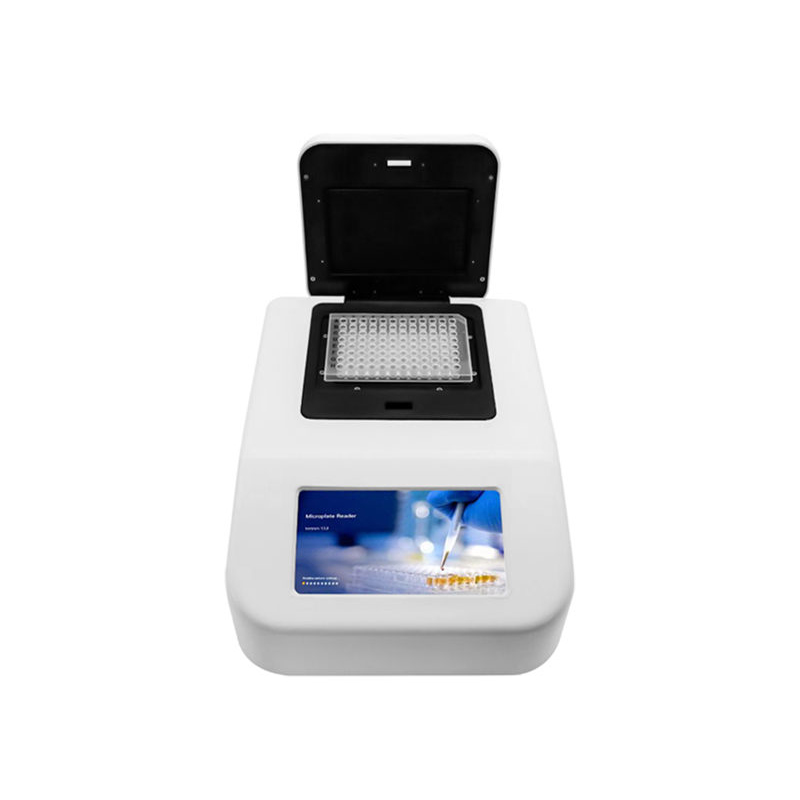The Importance of Technology: The Foundation of Life Science Research
Real time fluorescence quantitative PCR (qPCR), as a revolutionary technology in the field of molecular biology, combines nucleic acid amplification with real-time monitoring of fluorescence signals to achieve precise quantitative and qualitative analysis of target DNA/RNA. Its importance is reflected in three dimensions:

Sensitivity breakthrough: it can detect nucleic acid molecules as low as a single copy, and achieve early infection diagnosis in the detection of COVID-19 load. The sensitivity is three orders of magnitude higher than that of traditional PCR.
Dynamic process monitoring: By tracking amplification efficiency through real-time fluorescence curves, the risk of false negatives caused by incomplete reactions in traditional endpoint methods is avoided, reducing the error rate of gene expression analysis to below 5%.
Multi scenario applicability: covering more than 20 fields such as basic scientific research, clinical diagnosis, food safety, environmental monitoring, etc., it has become a standard equipment in modern laboratories. For example, in the Ebola epidemic in Africa, the system completed virus load measurement within 4 hours to guide precise medication.
Core Technology Principle: Dual Drive of Thermal Cycle and Fluorescence Signal
1. PCR amplification mechanism
Three step cyclic reaction: high-temperature denaturation (94-98 ℃) destroys double stranded DNA → low-temperature annealing (50-65 ℃) primer binding → medium temperature extension (72 ℃) synthesizes new strands, achieving exponential amplification through 25-40 cycles. Marlow Peltier refrigeration unit combined with German PT1000 temperature sensor achieves a temperature control accuracy of ± 0.1 ℃, with a maximum temperature rise and fall rate of 6 ℃/s, reducing experimental time by 40%.
Fluorescence labeling technology: SYBR Green or TaqMan probes are used to track the amplification process in real-time through the positive correlation between fluorescence intensity and product quantity. When the 5 'reporting group (such as FAM) of TaqMan probe is separated from the 3' quenching group (such as TAMRA), a fluorescent signal is released, and a detectable signal is generated for each amplified DNA strand.
2. Core module of the instrument
Thermal cycle system: using semiconductor heating and cooling technology, combined with vertical thermal conductivity structure, the edge temperature deviation is less than ± 0.3 ℃, and the temperature consistency between pores reaches 98%. Compared to traditional PCR machines, the thermal cycling efficiency is increased by 50%.
Fluorescence detection system: Four channel optical design supports FAM/HEX/VIC/CY5 multi-color labeling, equipped with photomultiplier tubes (PMT) and CCD cameras, with a 30% increase in signal-to-noise ratio. Cold CCD technology achieves signal capture down to the single photon level.
Intelligent control system: Android embedded software implements program presets, real-time monitoring, and automatic data analysis. Built in 200+preset programs (such as SYBR quantification and HRM analysis), supporting one click generation of PDF reports, reducing experimental preparation time by 70%.
3、 Technical advantage: Innovative solutions to solve industry pain points
Solving the problem of traditional PCR contamination
The design of a fully enclosed reaction chamber combined with a UV disinfection module allows for separate storage of samples and reagents, reducing the false positive rate from 5% in traditional methods to below 0.1%.
The automatic baseline correction algorithm eliminates background interference, and the melting curve analysis resolution reaches 0.1 ℃. The accuracy of gene typing for distinguishing single base differences is>99.5%.
Breaking through the bottleneck of low copy detection
Using droplet based digital PCR module (ddPCR), rare mutation detection with absolute quantification and 0.001% sensitivity is achieved. In tumor liquid biopsy, the detection rate of EGFR gene mutations is 20% higher than traditional methods.
The automatic correction function of internal reference genes compensates for the influence of sample inhibitors, and the detection repeatability CV value of complex samples such as blood and feces is less than 1.0%.
Improve high-throughput detection efficiency
Support parallel processing of 96/384 well plates and achieve an average daily sample throughput of 300 with LIMS system. In the large-scale screening of COVID-19, 2000 samples can be tested in a single day.
The error of the robotic arm automatic sampling system is less than 5%, the consumption of reagents is reduced by 90%, and the cost of single sample detection is reduced to one-third of traditional methods.
Application area: Comprehensive coverage from laboratory to site
Rapid detection of pathogens
Case: During the COVID-19, a provincial CDC used the system to screen 100000 throat swab samples, with a positive detection rate error rate of<0.3%, providing key data support for epidemic prevention and control.
Technological innovation: Simultaneous detection of influenza A/B virus using multiple fluorescent channels, completing typing and identification within 1 hour, which is 5 times faster than traditional methods.
Food safety and genetically modified screening
Application: Detection of swine fever virus in meat products (sensitivity 10 copies/μ L) and genetically modified corn (detection limit 0.01%), with a false detection rate of<0.05%. Using HRM technology to distinguish single nucleotide differences and accurately identify illegal genetically modified strains.
Industry breakthrough: Developed a rapid detection kit for foodborne pathogens, which can complete synchronous detection of Salmonella/Escherichia coli O157: H7 in 30 minutes, in compliance with GB 4789.1 standard.
Environmental Monitoring and Forensic Science
Case: Detecting antibiotic resistance genes (ARGs) adsorbed by microplastics in the Yellow River Basin to reveal pollution diffusion pathways. Using ddPCR technology to achieve 0.1 pg/μ L ultra trace DNA detection, the sensitivity is 100 times higher than qPCR.
Technical highlight: The amplification success rate of trace samples (5 μ L blood) reaches 98%, which has been successfully applied to DNA extraction and typing at crime scenes.
Industry Solution: Customized Technology to Address Complex Needs
Pathogen rapid detection system
The premix and primer probe are integrated to support the completion of double detection of COVID-19/Norovirus in one hour, which conforms to CE-IVD certification. Deploy mobile inspection cabins at airport customs to achieve customs clearance and inspection within 2 hours.
Animal Disease Prevention and Control Plan
Develop an African swine fever virus (ASFV) detection module that supports direct detection of field samples (saliva/feces) without the need for complex pre-processing. After being applied in a livestock farm in Africa, the epidemic warning time was advanced by 7 days, reducing economic losses by more than 3 million US dollars.
Laboratory automation upgrade
Support automated liquid processing systems (such as CyBio Felix) to achieve batch processing of 96 well plates. After the introduction of a pharmaceutical company's production line, the efficiency of drug resistance gene detection has increased by 80%, and the daily production capacity has reached 5000 samples.
The real-time fluorescence quantitative PCR system is reshaping the boundaries of molecular diagnostics through continuous technological innovation and scene adaptation. From the Ebola epidemic to genetically modified regulation, from cancer diagnosis and treatment to ecological protection, its value has surpassed the laboratory scope and become the core technology engine for safeguarding human health and ecological security. With the deep integration of intelligence and multi omics technology, PCR machines will unleash greater potential and usher in a new era of precision medicine and molecular diagnosis.
Article address:https://www.molecularbio.cn/news/31.html













